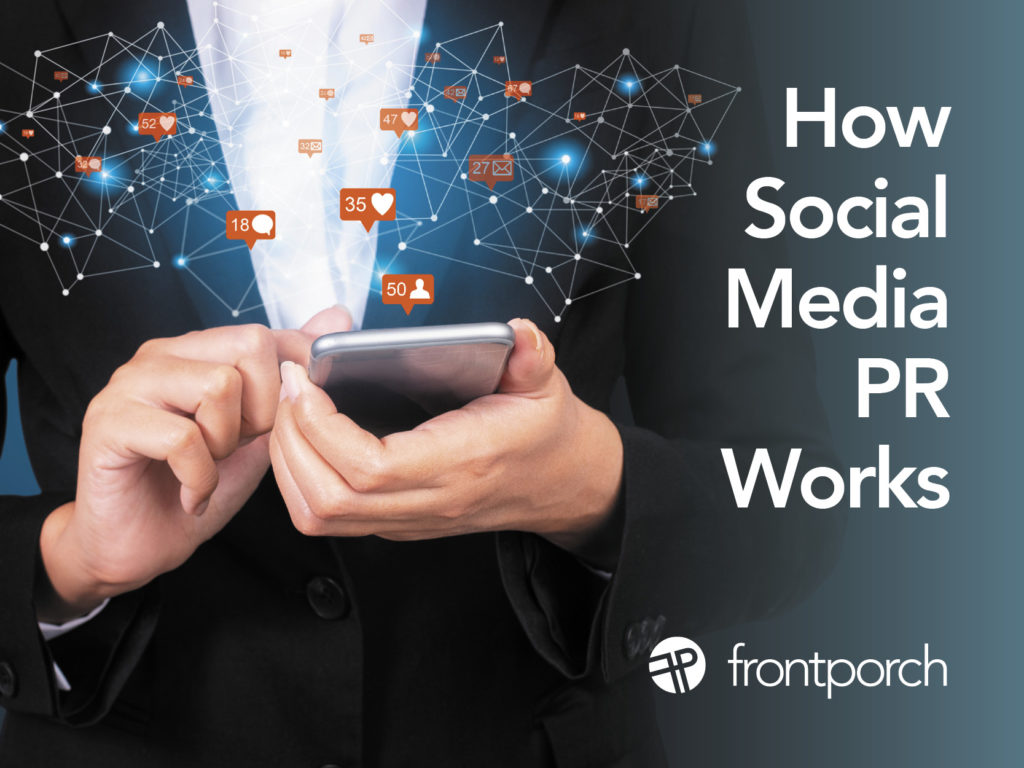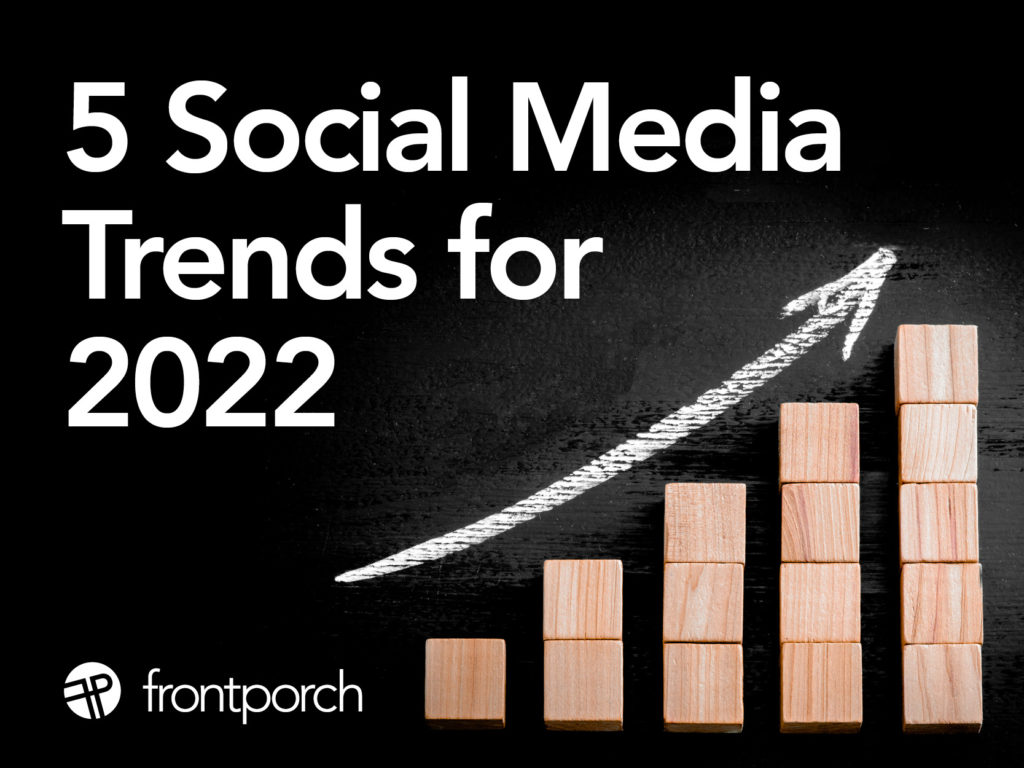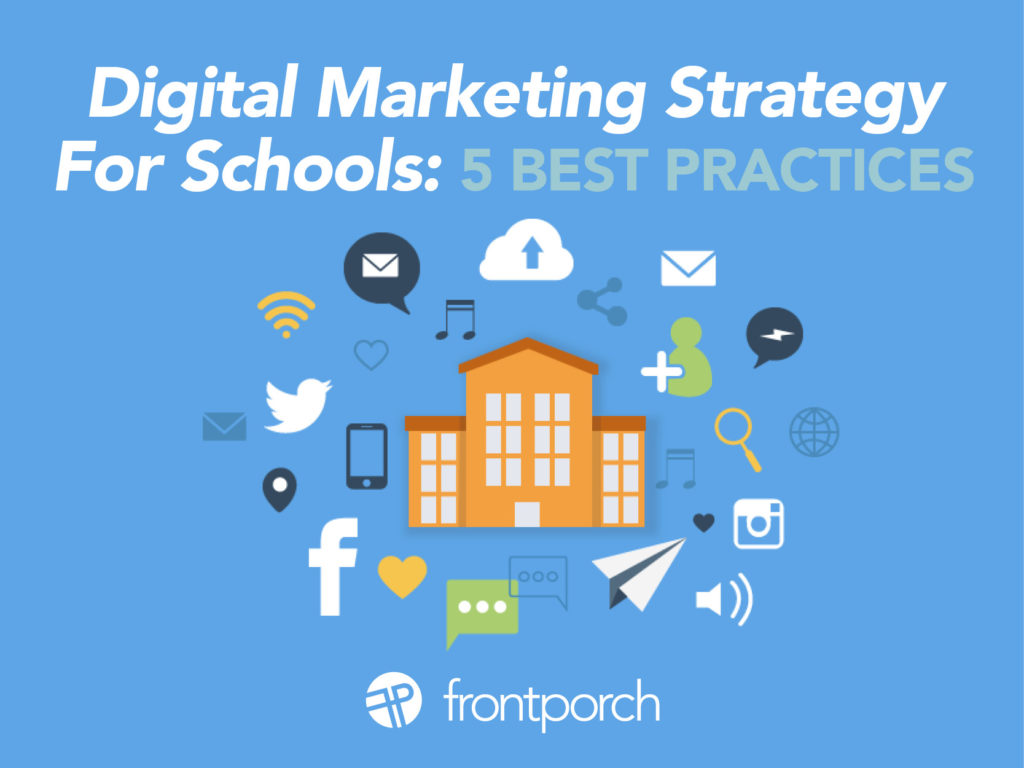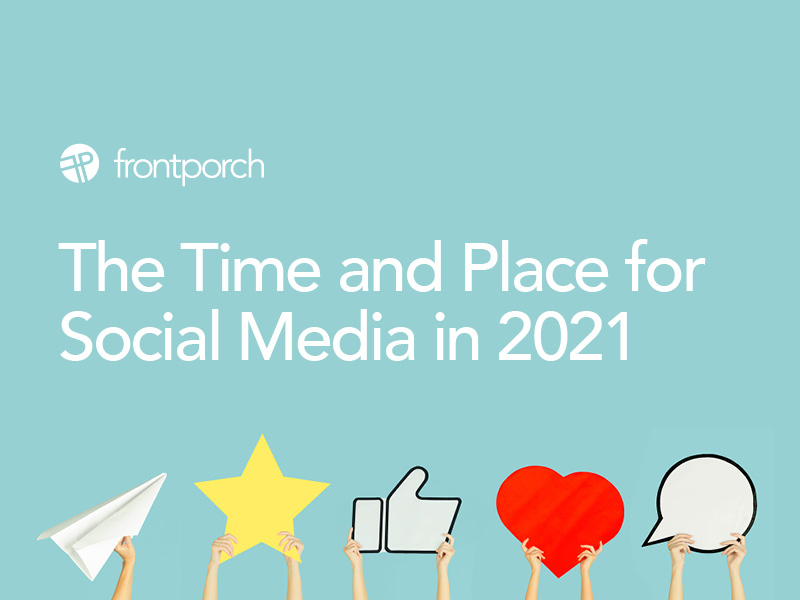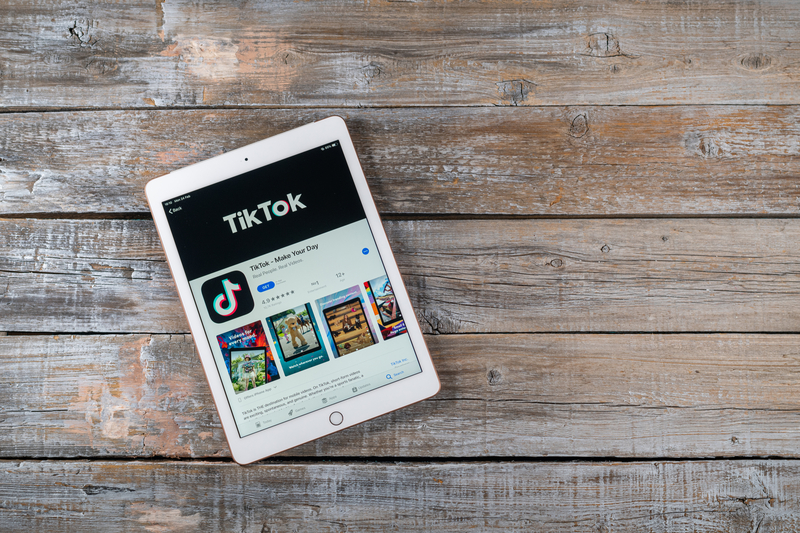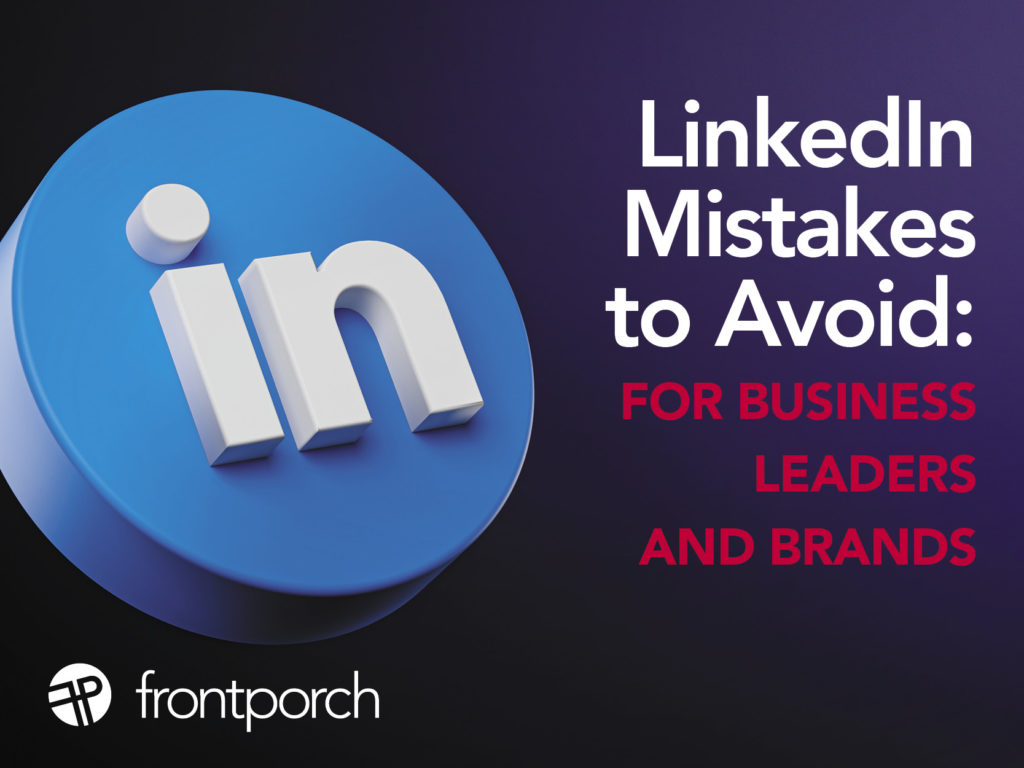
LinkedIn mistakes can be avoided with careful branding and strategy.
LinkedIn continues to be a powerful tool for brands, B2B, B2C and nonprofits, as well as business leaders — and instead of LinkedIn mistakes your company can make LinkedIn a tool for driving your bottom line. Often, companies and nonprofits as well as business leaders approach us to partner with them on LinkedIn strategies and execution. But a few things need to be in place before we start.
When and How to Get Started With LinkedIn
Front Porch Marketing first looks at the brand architecture, target audiences, and competitive environment. For a LinkedIn strategy to be successful, there has to be a good marketing foundation. Therefore, if the branding and strategy isn’t right to begin with, we will not be able to help. We believe in being stewards of our Clients’ budgets and brands, so we consider a one-off LinkedIn initiative to be shooting money into the wind. And that LinkedIn mistake isn’t brand- or thought-leader building.
With that said, these are the five most common LinkedIn mistakes we are seeing companies make right now:
1. Brand pages reposting individuals’ content on its feed
Individuals should share brand content on their feed not the other way around. Content should lead back to the brand.
2. Brand pages posting once or maybe two times a month is a LinkedIn mistake
People cannot see the posts without regular consistency. Be consistent to create connections with your audience.
3. Brand pages only posting what is happening with the company
But what’s in it for your followers? To be truly successful on LinkedIn, provide value and insights no matter where they come from. It’s not what’s all about you you you.
4. Brand pages are not being social
LinkedIn members are commenting and liking your posts. Are you engaging them and doing the same in return? Talk to your followers and this will lead to insights that will inform future content.
5. Business leaders are not convicted about the network
They say that people are only trying to sell me things, or that social media is a waste of time. And the worst of all, *that* isn’t worth sharing. Your followers want to know more about your company, what it stands for, how it can help them, what it’s like to work there and more. LinkedIn is not a mistake — it’s a platform for engaging with your employees, your future employees, your peers and the larger business world.
Want to chat more about LinkedIn, and not make a LinkedIn mistake?
We are happy to do so, to help your company understand how LinkedIn can be a business-driving tool for their industry online. Let’s have a real conversation on the Porch.

